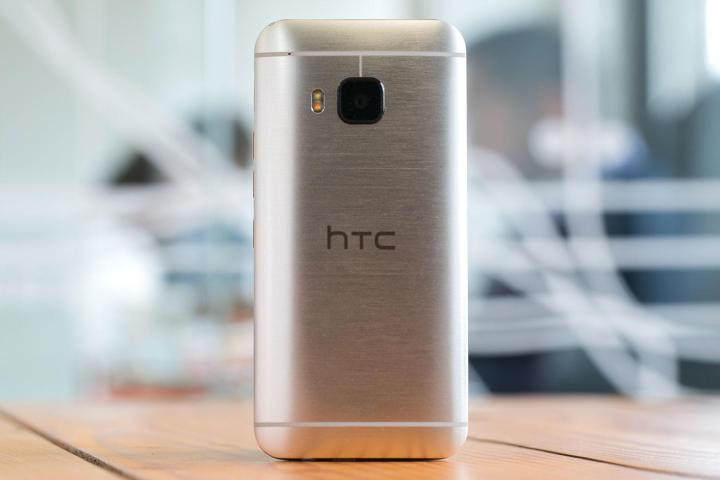
Referred to as the Snapdragon 810 v2.1, the revision first gained attention after OnePlus announced it would be using it inside the OnePlus 2 smartphone. The company said it had worked closely with Qualcomm to integrate v2.1 into the device, and tests had shown it “met the industry standard for phone temperature, even with hours of use.”
Good news for the OnePlus 2, but what about all the other phones being announced and already on sale with the Snapdragon 810 inside? HTC’s Global Online Communications Manager Jeff Gordon tweeted out an interesting message on the subject, that may help prospective phone buyers forget fears of a holding a burning hot device to their face.
The truth, according to what Qualcomm tells me, is virtually all OEMs who’ve announced devices with Snapdragon 810 are currently using v2.1.
— Jeff Gordon (@urbanstrata) July 15, 2015
For reference, the v2.0 was the chip first released to manufacturers, and not an already updated model that still suffered from heat problems. Gordon goes on to say the HTC One M9 uses the Snapdragon 810 v2.1 chip, despite being released several months ago, alleviating concerns the chip wouldn’t be in circulation before the OnePlus 2 is announced later this month.
Also, a report by Anandtech from June identified the v2.1 chip is also used in Xiaomi’s Mi Note Pro, but does also state the early One M9 it tested had an 810 v2.0 inside, suggesting HTC changed from one version to the other at some point. After extensive testing, various improvements were seen by the Anandtech team in v2.1, including some to thermal management.
Qualcomm claimed the Snapdragon 810 didn’t suffer from overheating problems, so it’s therefore not surprising it hasn’t made a big deal over v2.1’s introduction. Experience such as the one we had with the Sony Xperia Z3+ tell us otherwise, though. The news of a cooler-running 810 bodes well for new hardware such as the ZTE produced Axon, and the OnePlus 2.
Editors' Recommendations
- Using the Snapdragon 8 Gen 2 showed me that 2023 phones will be monsters
- Qualcomm is launching new Snapdragon chips on May 20



